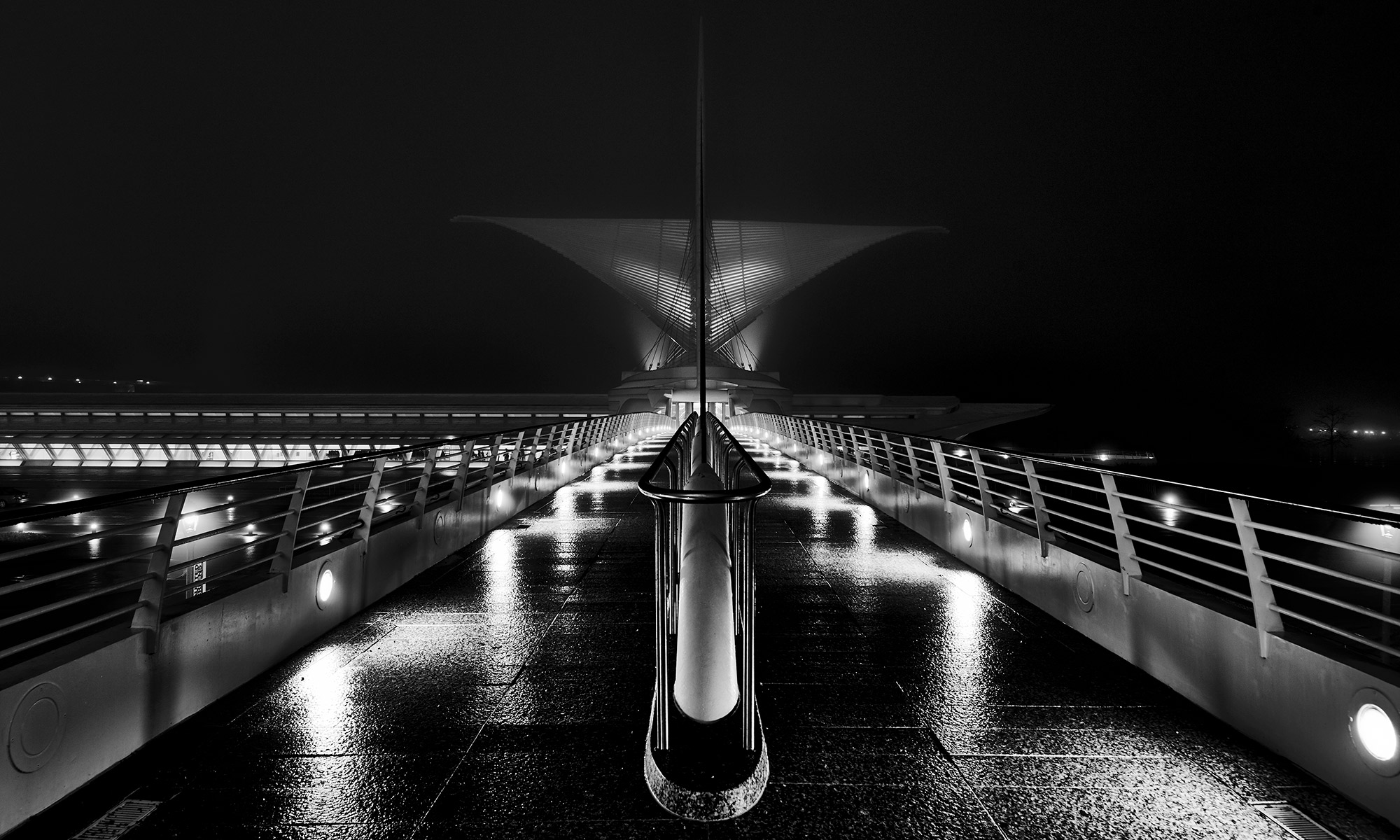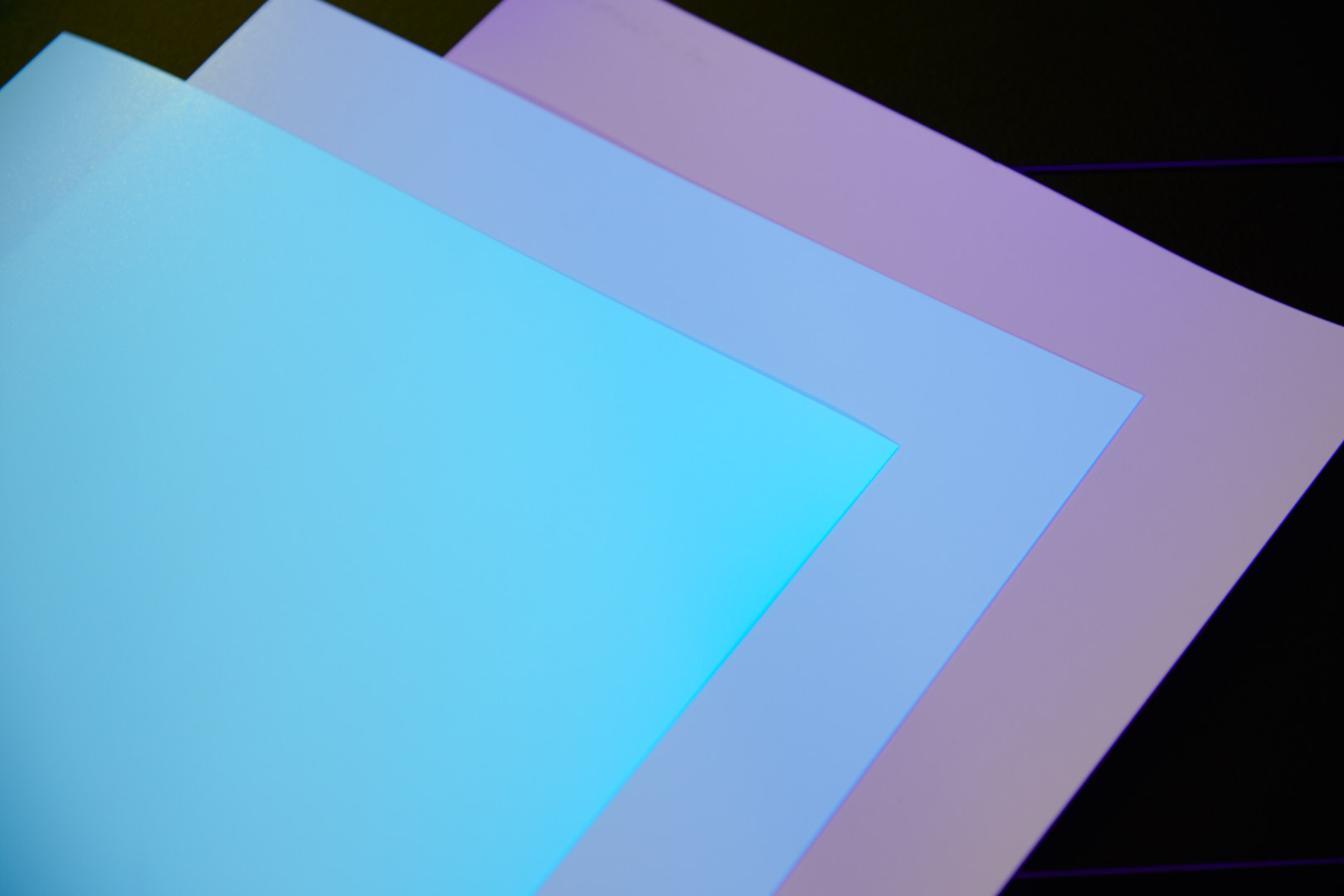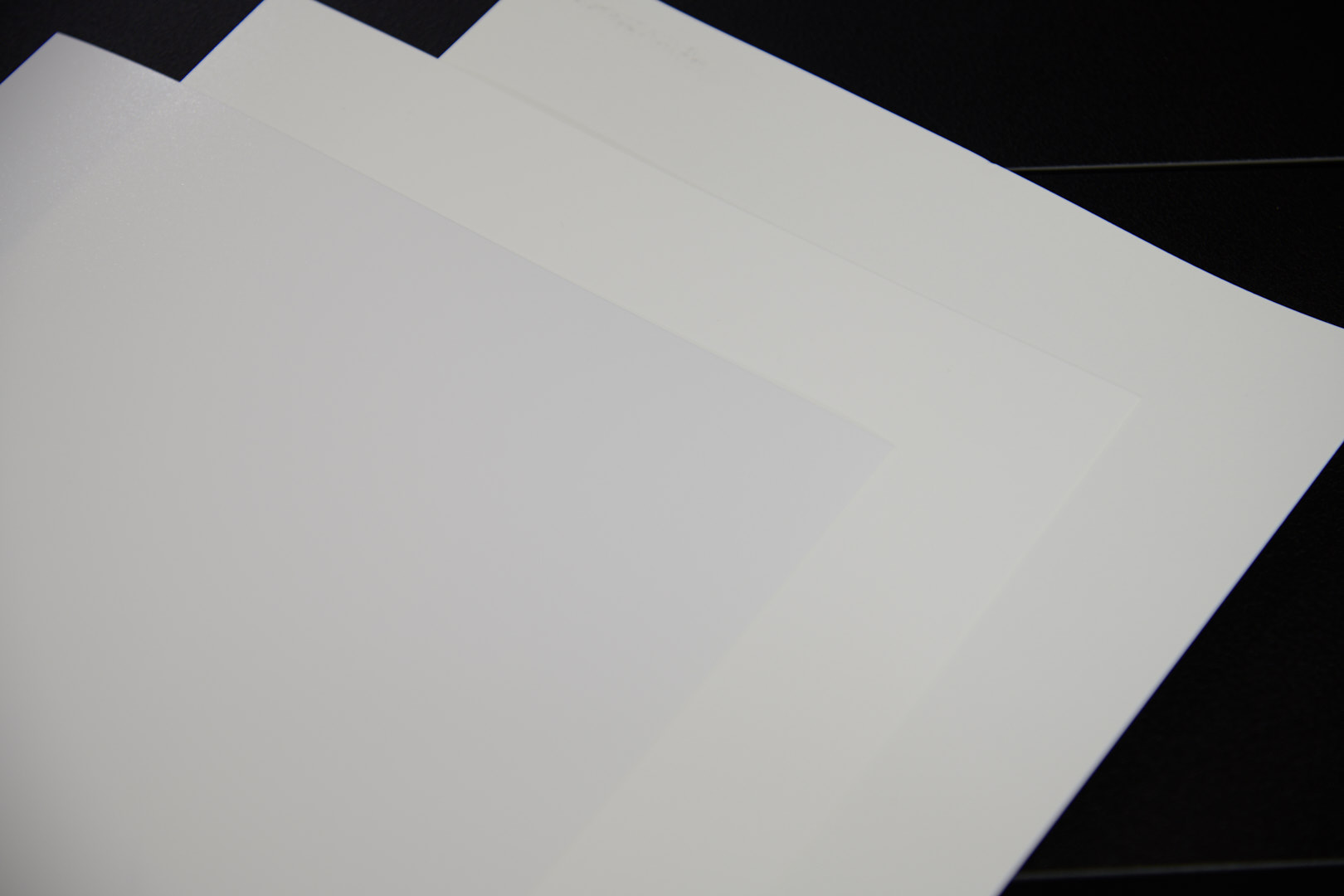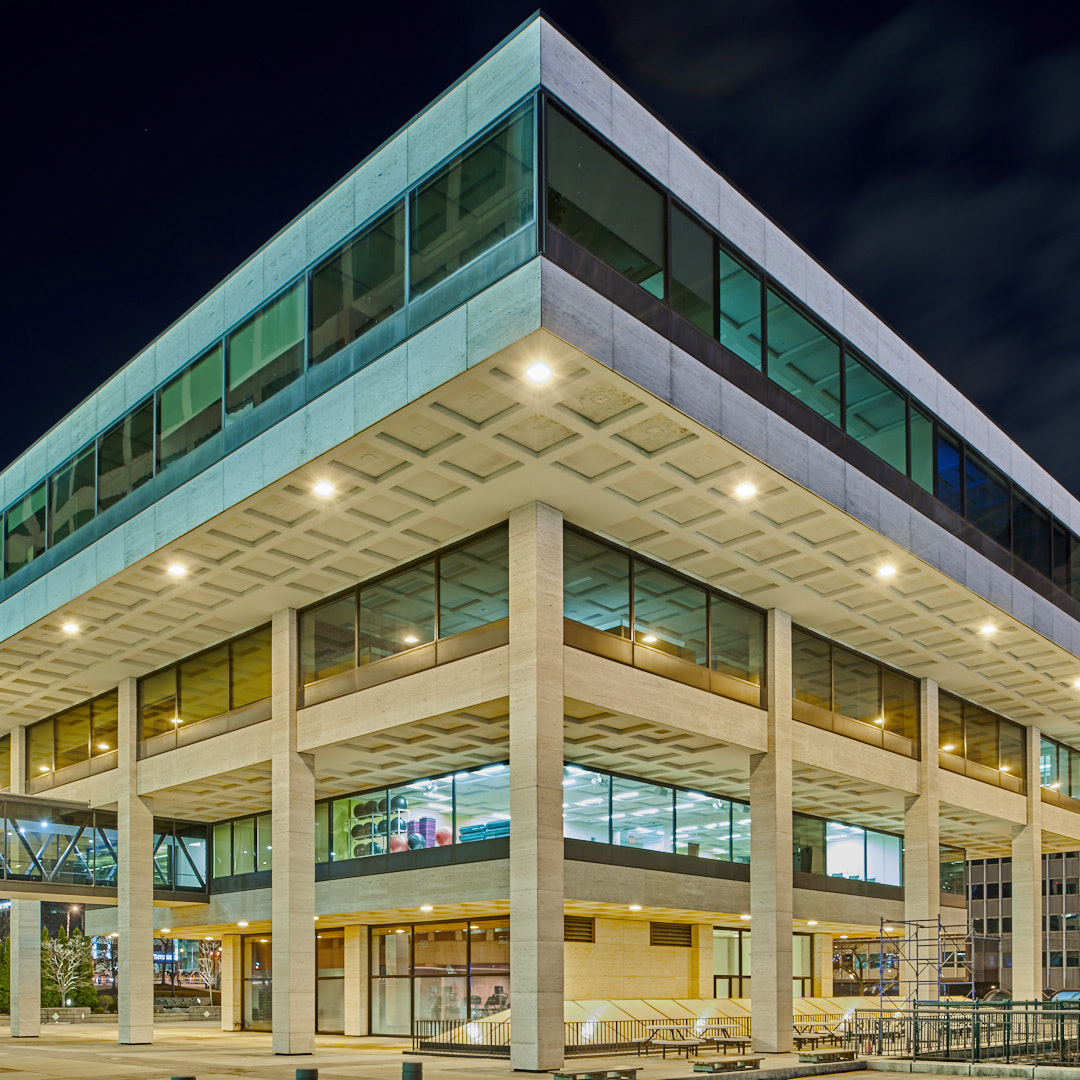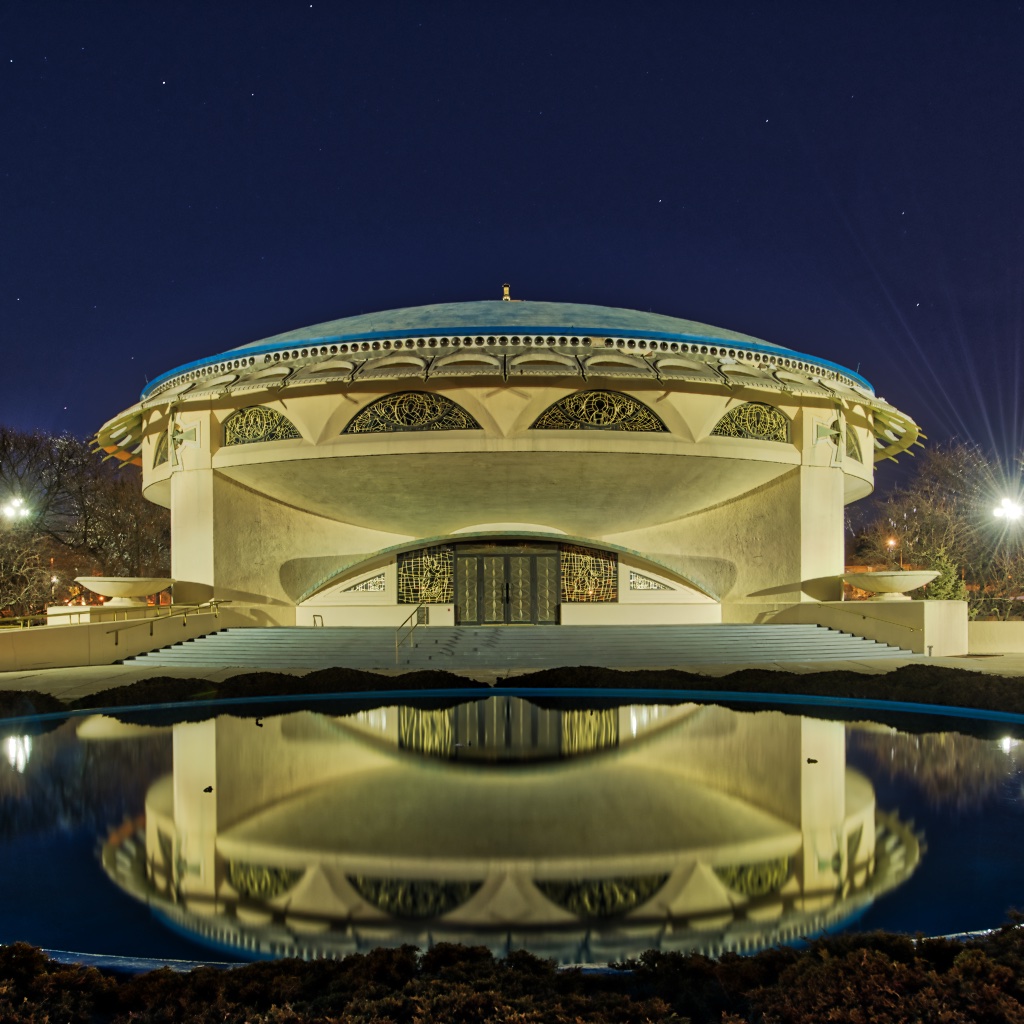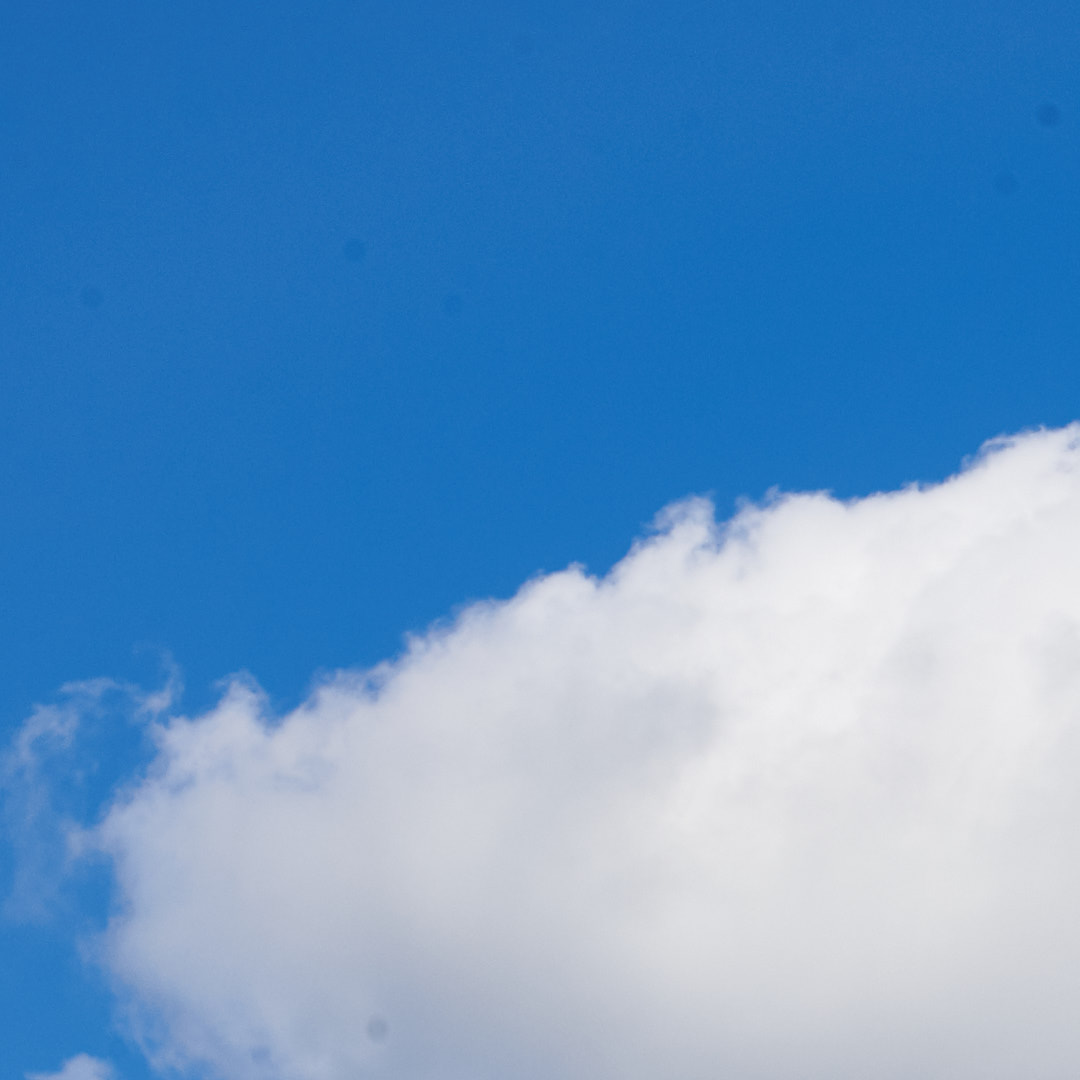One of the features of the Mavic 2 Zoom is the Super Res mode. Super Res creates a multi-row panorama that starts at the wide end of the zoom range to compose, and when you hit the shutter button it zooms in and takes 12 images, stitching them into a panorama that covers the original field of view.
I have not used that much, since it creates a JPEG rather than a RAW file, which among other problems loses too much dynamic range. Unfortunately due to the nature of RAW, it is not really possible to save a panorama in RAW. RAW takes the data directly from the sensor and writes it to a file, and that only really works with one image.
Then, I found buried in the settings: “save originals in RAW|JPEG”

Eureka!
With this I am able to get access to the full dynamic range of the camera, and really high resolution.

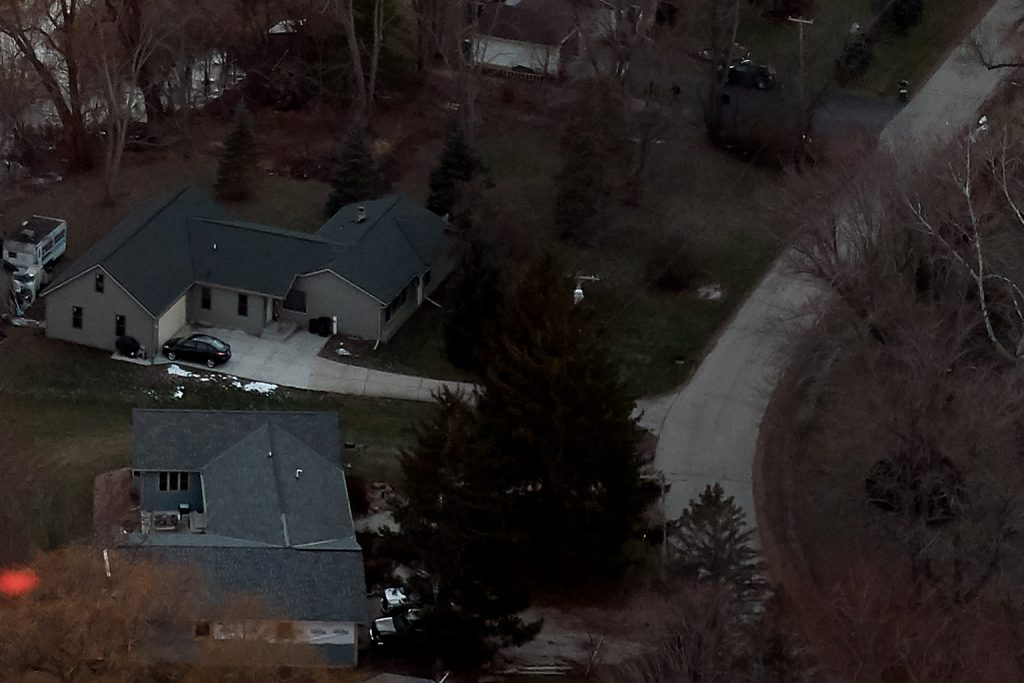
So far, my workflow is like this:
Import the images into Capture One (or your favorite editor), and edit one of the images. I usually pick either the image with the most of the main subject in it, or the most contrast to set black and white points.
Once you are happy with this, copy the adjustments to the remaining images. Double check them all to make sure the adjustments look alright across all the images. If any further adjustments need to be made, they need to be copied to all the images.
I export the images as 16-bit TIFFs, which stores the most data, and gives the final panorama almost RAW-like editing options, but take up more space, so you may want to remove them after the panorama is stitched.
For stitching, I usually start with Photoshop, which is very good about 80% of the time, and pretty much useless in the other 20%. So far the Super Res panoramas stitch well in Photoshop.
Once the stitch is done and you are happy with it, crop the image, flatten the it, and do any final color and exposure adjustments in Adobe Camera RAW.
The final images that I created were around 62 megapixel, since you an get a little more around the edges than the default stitching in-camera.
Having the ability to create high resolution images with reasonable dynamic range in RAW format really adds to the flexibility and value of the Mavic 2 Zoom.
You can get the Mavic 2 Zoom from DJI or Amazon. (Affiliate links)
